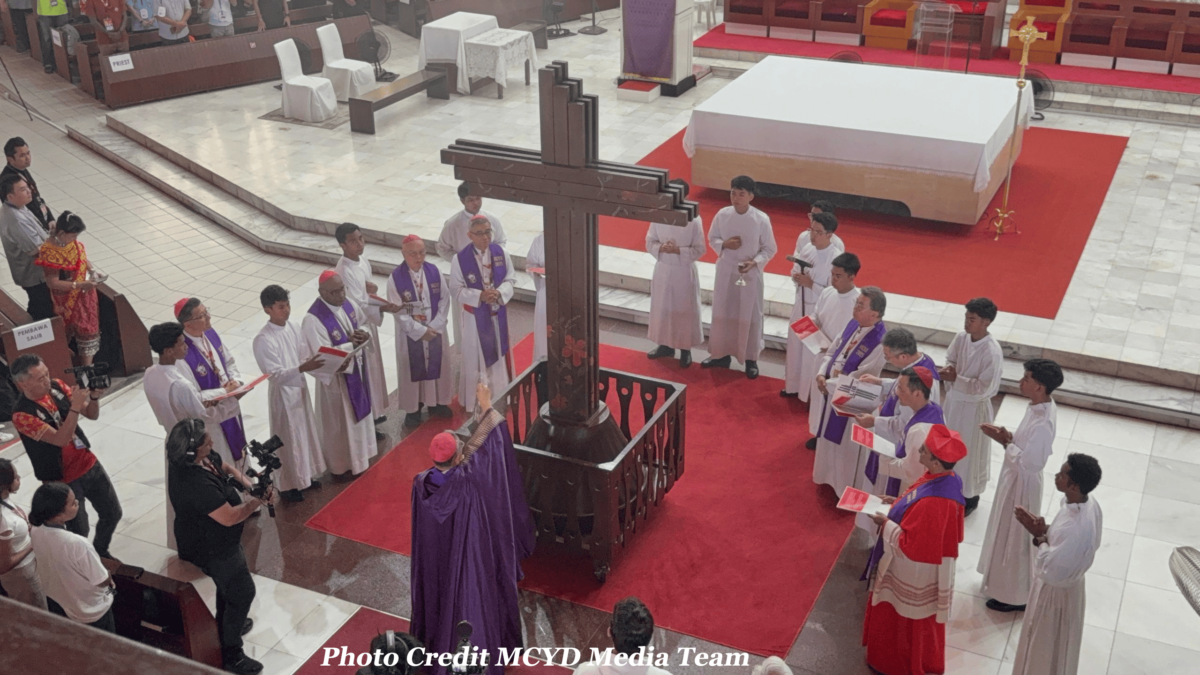Pope begins trip to Colombia

Pope Francis left Rome on Wednesday morning, 6 Sept 2017, to begin the 20th foreign trip of his pontificate: a visit to Colombia.
The Pontiff is scheduled to arrive in Bogota at 4:30 in the afternoon, local time. Apart from an airport welcoming ceremony, no public events have been scheduled for the first day of the trip, giving the Holy Father time to rest and recover after the long plane trip.
On Thursday the Pope will begin a busy schedule of events, with a courtesy call at the presidential palace, a visit to the city’s cathedral, a meeting with members of the Latin American bishops’ conference CELAM, and an outdoor Mass at Simon Bolivar Park. In the following days he will visit the cities of Villavicencio, Medellin, and Cartagena before returning to Rome on September 11.
Although the apostolic nuncio in Colombia, Archbishop Ettore Balestrero, has stressed that the Pope’s papal visit will be primarily pastoral rather than political, the main focus of public attention will be the peace accord recently signed by the Revolutionary Armed Forces of Colombia (FARC) and the country’s government. Although that peace agreement is not universally popular, its signing marked an end to decades of fighting and paved the way for the visit by Pope Francis—who had earlier indicated that he wanted to visit Colombia when an accord was in place.
(Another smaller rebel group, the National Liberation Army (ELN), announced a ceasefire just before the Pope’s arrival; hopes are high for a separate agreement ending the ELN’s guerrilla war as well.)
Before he boarded his flight from Rome on Wednesday morning, the Pope sent out a Twitter message underlining the importance of the peace agreement. He asked for prayers for his trip, noting that he was embarking on “a journey dedicated to reconciliation and peace.” The theme chosen for the papal voyage echoes the same message: “Let’s Take the First Step.”
While he preaches a message of reconciliation in Colombia, Pope Francis will also be facing questions about the mounting unrest in neighboring Venezuela. The tensions and shortages in that country have prompted hundreds of Venezuelan citizens to seek refuge in Colombia, and outbreaks of violence have heightened fears of an even greater exodus. Pope Francis—who to date has avoided directed criticism of Venezuela’s authoritarian leader, President Nicolas Maduro—will be under greater pressure to address the crisis directly while he is in Colombia.
In fact, he will face a delicate diplomatic test on that score even before he reaches Bogota. Traditionally the Pontiff sends a telegram of greeting to every country he flies over during an apostolic voyage. So Pope Francis will be expected to send a message to Maduro; the content of that message will be scrutinized for any signal of papal disapproval.
The Pope’s visit to South America will also bring up new questions about why he has not yet scheduled a trip to his native Argentina. As he prepared for his flight on September 6, the Pope was asked that question. He replied: “I don’t know. I still don’t know.”
As is his custom, the Pope dropped into the Roman basilica of St. Mary Major on Tuesday evening to pray before the image of the Virgin Mary, Salus Populi Romani, on the eve of his trip. – CWN


